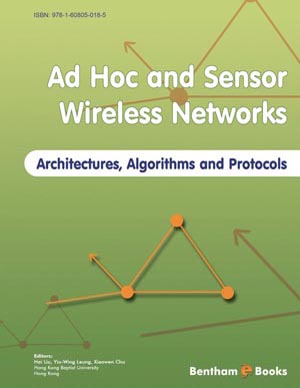Abstract
Virtual learning environments have become an essential tool, incorporated in
learning activities in educational institutions and individuals’ homes, especially during
the COVID-19 pandemic. Digital devices provide the platform for the learning
environment, but learning sometimes becomes passive and boring. Augmented reality
provides learners with the needed motivation, engagement, thereby boosting the
learner’s activity within the virtual learning environment. It augments the traditional
learning materials with 3D objects, animations, audio and visual elements, which offer
better interactivity for a rich learning experience.
This study aims to give an overview of the development of an augmented reality
system to provide a virtual learning environment that delivers a more engaging and
motivating lesson, story and experience. The study incorporates Scrum methodology,
an agile software development practice that uses small increments called sprints to
develop the virtual learning environment in several usable modules. The study also
discusses the software tools, Blender and Unity 3D, to develop 3D models and the
augmented reality modules for the virtual learning environment. The system uses
image targets as markers to project 3D objects to augment the images from the
traditional learning materials and offer a better visual experience. The development
incorporates features of Educational Data Mining to optimise users’ learning styles and
learning experiences. This chapter will demonstrate augmented reality technologies to
implement a virtual learning environment that will offer an interactive and engaging
learning experience.
Keywords: Augmented Reality, Agile Development, Educational Data Mining, Virtual Learning Environment.


















